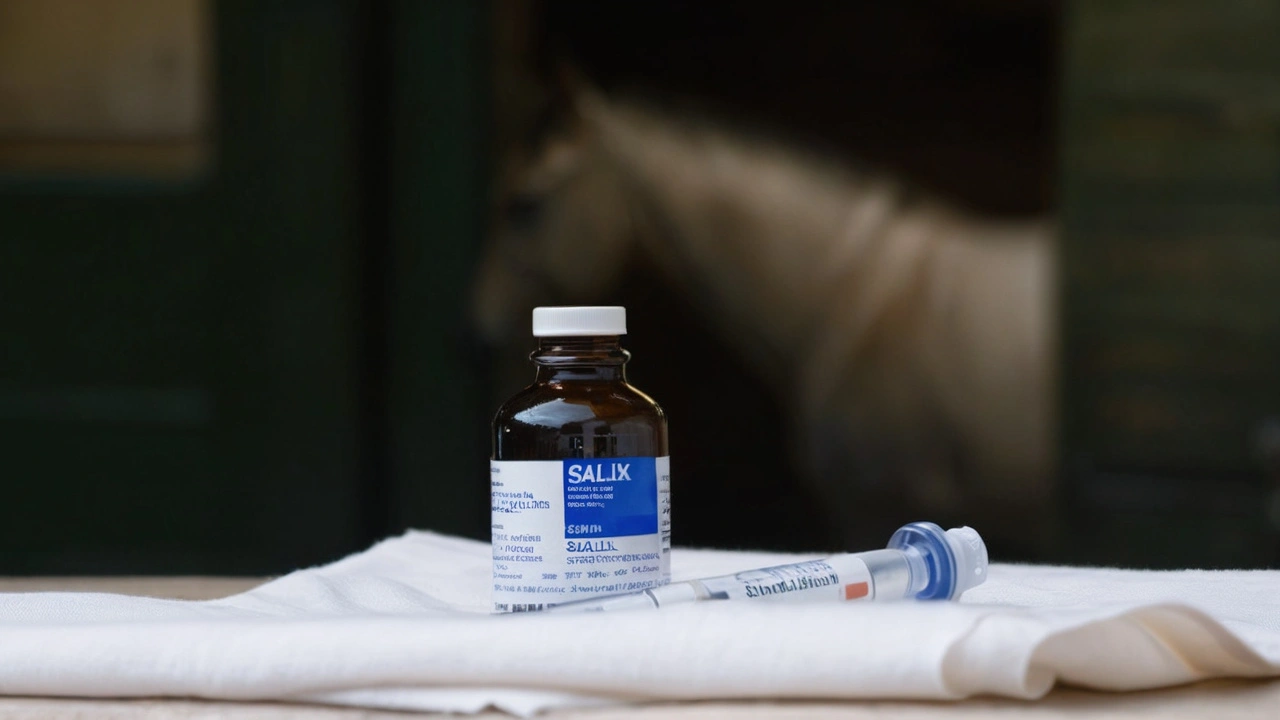Lasix (furosemide): fast facts, safety tips, and how people use it
Lasix is a strong “water pill” doctors use to remove extra fluid fast. People with heart failure, kidney or liver swelling, and some high‑blood‑pressure cases often get it. You’ll notice its effect quickly — urine usually increases within an hour after a dose — which is why it’s a staple when fluid builds up.
How Lasix works and who takes it
Lasix (generic name furosemide) is a loop diuretic. It blocks salt reabsorption in part of the kidney called the loop of Henle. That causes the body to lose sodium and water, shrinking extra fluid in your lungs, legs, or belly. Common reasons for a prescription: congestive heart failure, edema from kidney disease, liver cirrhosis, and sometimes difficult high blood pressure.
Typical oral adult doses start around 20–40 mg once or twice daily and can go higher depending on how bad the swelling is. Doctors may give higher IV doses in emergencies. Never change the dose on your own — diuretics affect blood pressure and electrolytes fast.
Practical safety tips & what to watch for
Electrolytes: Lasix can lower potassium, magnesium, and sodium. Low potassium can cause muscle weakness or irregular heartbeat. Many people take a potassium supplement or eat potassium‑rich foods (bananas, spinach) if their doctor advises it. Your provider should check blood tests after starting or changing the dose.
Dehydration and low blood pressure: Dizziness, lightheadedness, or fainting can happen, especially when standing up. Stand slowly and report fainting or severe dizziness. If you feel very thirsty or your urine becomes dangerously low, contact your provider.
Other issues: High doses or fast IV use can rarely affect hearing (ringing, hearing loss). Lasix can raise uric acid and affect blood sugar slightly. Tell your doctor about gout, diabetes, or any hearing issues.
Drug interactions to flag: NSAIDs (ibuprofen, naproxen) can make Lasix less effective. Tell your clinician about ACE inhibitors, ARBs, potassium supplements, and other blood‑pressure meds — mixing changes risks for low blood pressure or potassium shifts.
Daily habits: Take Lasix in the morning to avoid waking at night. Weigh yourself daily — sudden weight drops usually mean fluid loss. Keep a list of all prescription and over‑the‑counter meds and bring it to appointments.
Buying & prescriptions: Lasix is prescription‑only almost everywhere. If you buy meds online, pick a licensed pharmacy, verify contact details, and avoid deals that don’t require a prescription. Cheap isn’t worth counterfeit drugs or unsafe dosing.
If you’re unsure whether Lasix is right for you, or you notice troubling side effects, call your healthcare provider. Used correctly, it can relieve dangerous fluid overload and improve breathing and comfort fast.
